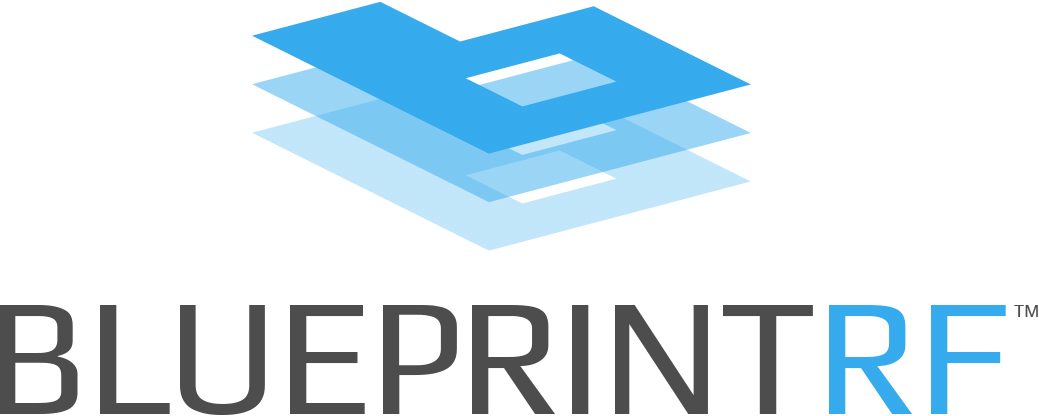Is it time to update your hotel WiFi network design? Boosting your internet speed or server capacity helps deliver fast WiFi to guests. But, using a system designed for offices as opposed to a custom hotel WiFi solution creates issues. It may limit your conference presenters from live streaming during the event. Or you find yourself paying for extra bandwidth during downtime when it isn’t needed.
Fortunately, the latest managed WiFi solutions use network intelligence and a custom-designed network diagram. These factors, along with real-time monitoring, optimize your network for optimal performance year-round. Set up your hotel WiFi network using these installation strategies and best practices.
Hotel WiFi Network Design Basics
From site assessments to proper configurations, each element of your hotel WiFi network must fit into your budget and hotel design while meeting current and future guest expectations. Your provider will determine the best access points (AP) for your hotel, give you equipment options, and suggest ways to achieve your network goals. So, don’t make these five hotel WiFi design mistakes.
Equipment quality and placement also play a significant role in your hotel network. Providers help you choose high-quality routers and access points. While most AP’s use layer 2 isolation, you’ll see many differences in equipment like:
- Integrated, stock, directional, or external antennas
- Rated for indoor or outdoor use
- Total antenna output measured in decibels relative to isotropic (dBi)
- Service set identifier (SSID) and wireless distribution system (WDS) capabilities
Hotel WiFi Network Design: Installation Strategies
There is no one-size-fits-all managed network WiFi solution for hotels. Your installation strategy depends on ideal AP placement, coverage, capacity, and channel configuration. Work with a managed WiFi network provider to assess your existing infrastructure and determine your needs. Doing so helps you get the best outcome and provides options for scaling up or down.
Site Survey and Pre-Design Assessments
During a site survey, your provider completes a thorough inspection of your property and current network infrastructure. They note the property construction, such as the use of brick, concrete, or drywall. Each element affects signal penetration. A site survey also identifies:
- Potential access point locations
- Line of sight viability
- All essential coverage areas
Network engineers use site survey data to develop an equipment list and installation diagram. They look at overall design by considering how your AP signals overlap, determine the ideal WiFi network configuration, and choose appropriate channels. Proper AP placement delivers reliable coverage with minimal interference.
Consultation for Requirements and Design Considerations
Each aspect of your network infrastructure must meet your current needs. But, it’s also vital to future-proof your hotel by planning for growth and the future of technology. Along with a site survey, your provider assesses requirements and design considerations for:
- Service and access
- Roaming
- Security
- Management
- Aesthetics
- Operations and maintenance (O&M) program
- Authentication
- Reliability
Your managed network provider uses data to help you select the best installation plan and equipment. A hotel WiFi network diagram maps out your WiFi routers, access points, controllers (also called gateways), and switches.
You may need extra cabling to support your network, as a wireless distribution system may not perform well for all hotel guests. In many cases, your network diagram will include a wireless range extender, also called a wireless repeater, to bridge infrastructure gaps and rebroadcast the signal from your AP or router.
Hotel WiFi Installation and Integrations
When possible, complete your hotel WiFi set up during downtime. Doing so avoids disturbing guests and allows for staff training. Using a WiFi network diagram, installers place, connect, and test infrastructure and equipment. If you have third-party signage systems or other software, your managed network provider installs this after your network is running.
After Installation Support and Analysis
Get the most from your managed network solution by surveying after installation. Your provider analyzes data from each access point to ensure it meets data minimums while identifying interference and channel availability. This helps you optimize your configuration and learn how the system functions.
Best Practices for Hotel WiFi Network Design
Your hotel WiFi plays a considerable role in the guest experience. If you’re facing problems now, simply replacing a router or access point may not be enough to ensure reliable and secure connections. Each network component functions as part of a bigger picture, and a poorly configured system leads to technical issues. Follow these hotel WiFi network design best practices:
1. Select a company with an extensive history of planning and installing custom hotel WiFi solutions.
2. Complete an on-site survey to determine building locations, ground topography, and construction materials.
3. Employ a comprehensive real-time WiFi network dashboard that is easy to use and provides options for adjusting bandwidth.
4. Use your managed network provider’s onboarding plan to quickly onboard employees and train them on how to access data.
5. Only use a provider with comprehensive support options, including 24/7 services to monitor and fix issues at any time.
6. Develop emergency after-hours protocols for your staff, including training teams on how to respond to error reports.
7. Avoid mistakes like putting AP’s behind walls or placing them too close together, resulting in cross channel interference.
8. Create and measure key performance indicators (KPIs) to ensure your WiFi system meets your goals. Consider tracking:
- Support ticket resolution and ticket versus room ratio
- Total number of devices
- Device and network uptime statistics
- Bandwidth usage peak times
Improve Your WiFi With Managed Network Solutions
Hotel WiFI is already an essential feature. Yet, as more smart devices connect your guests to hotel services, any network problems will be magnified. WiFi must support guest needs and operational demands with minimal downtime. Choose a custom network infrastructure that supports range, coverage, and overall WiFi performance. Doing so provides an optimal guest experience while future-proofing your hotel for upcoming digital innovations.









